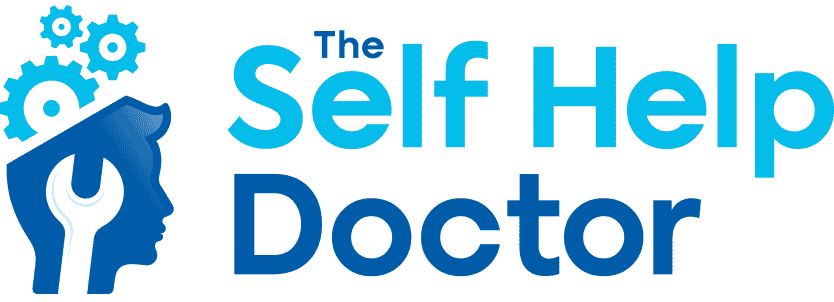Facing Your Fears: Conquering Phobias with Gradual Exposure and Cognitive Techniques

Facing Your Fears: Conquering Phobias with Gradual Exposure and Cognitive Techniques
Phobias don’t just disappear on their own. Avoiding what scares you might feel easier, but it only keeps fear in control. Gradual exposure combined with simple cognitive techniques can help you face those fears step-by-step—and regain your calm. Ready to learn how these proven self-help strategies can support your mental wellness? Keep reading to find out.

Phobias can be more than just a fear; they can shape how you live each day. To overcome them, it’s crucial to understand what they are and the toll they take on daily life.
What Are Phobias?
Phobias are intense fears. They can be about objects, situations, or even places. While some fears are common, like heights or spiders, phobias are more intense. They can cause distress and make you avoid certain things. For example, if you’re afraid of flying, you might miss family gatherings or job opportunities. This intense fear sets phobias apart from regular fears. The National Institutes of Health explains that about 12.5% of U.S. adults experience phobias at some point in their lives. Learn more about phobias here.
How Phobias Affect Daily Life
Phobias can limit your experiences. They might prevent you from doing things you enjoy or need to do. Imagine a fear of dogs so strong that you avoid parks or visiting friends who have pets. This avoidance can lead to isolation and anxiety. Over time, phobias can impact work, relationships, and even your health. The longer you let them control you, the harder it can be to break free. Mayo Clinic discusses these impacts in detail.
Techniques to Overcome Fears

Ready to take control? Let’s explore two powerful techniques that can help you manage and reduce your fears effectively.
Gradual Exposure Explained
Gradual exposure is a technique where you slowly face your fear in a controlled way. It starts with imagining the fear and then moves to real-life situations. For instance, if you’re afraid of flying, you might begin by watching videos of planes, then visit an airport, and eventually take a short flight. This method helps you build confidence step-by-step. According to the Cleveland Clinic, gradual exposure is a key component of treating phobias effectively. Discover more about exposure therapy here.
Cognitive Techniques for Phobia Management
Cognitive techniques involve changing how you think about your fears. They help you challenge negative thoughts and replace them with positive ones. For example, if you fear public speaking, you might think, “I’ll embarrass myself.” Instead, you can train yourself to think, “I have something valuable to share.” This shift in thinking can reduce anxiety and make facing fears less daunting. For more insights on cognitive strategies, check out HelpGuide’s information on exposure therapy.
Practical Steps for Mental Wellness

Taking steps toward mental wellness can be empowering. Here are some strategies you can start using today.
Self-Help Strategies for Success
Start by setting small, achievable goals. If you’re scared of heights, plan to climb a few steps on a ladder before trying taller heights. Practice mindfulness and relaxation techniques to stay calm. Journaling your thoughts and progress can also be beneficial. Remember, every small victory counts. The key is consistency and patience. As you progress, you’ll find that your fears become more manageable.
Begin Your CBT Journey Today 🌟
Your journey to overcoming phobias doesn’t have to be lonely or overwhelming. With Cognitive Behavioral Therapy (CBT) tools, you can learn to manage your fears effectively. These tools are designed to help you change thought patterns and behavior. The Self Help Doctor course offers a structured program to guide you through this process. Although not discussed here, it aligns with professional-grade strategies and provides support for your mental wellness journey. Ready to explore more? Consider starting with a free mini-course to see how CBT can work for you. Check out the free mini-course here.




